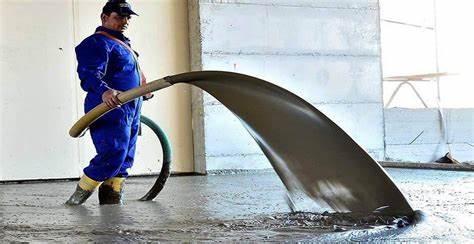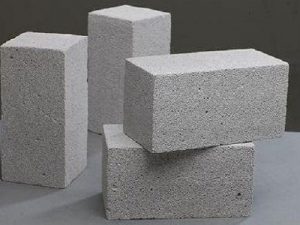Professional solutions on concrete addtives, Concrete Foaming Agent, Superplasticizer, CLC Blocks Additives, and foaming machine
(Which Expanding Foam Expands the Most?)
Which Expanding Foam Expands the Most?
When comparing various types of expanding foam, you should consider the characteristics of each. Some types have a low expansion rate, while others have high or low water resistance. Read on to find out the best choice for your needs. You can also look for special features to make your project more durable.
Low expansion foam
If you're a homeowner who wants to add insulation to your home, you may want to choose a product with a low expansion rate. This type of foam expands the least, so it's perfect for small gaps. It also adheres well to metal, wood, and masonry surfaces. You can use this type of foam to seal cracks and gaps inside and outside your home.
Low expansion foam only expands about 20 to 30 times its liquid size. It is ideal for smaller cracks and holes, such as utility holes and small gaps in walls. High expansion foam would create a dripping mess, but low expansion foam can be handled better. Its most common uses are waterproofing, fireproofing, and acoustic insulation.
This type of foam can be applied on painted and unpainted wood, concrete, cinder blocks, fiberglass, and masonry materials. It also works well as a sealant around windows and doors. The foam will harden after about 24 hours. Once it has fully cured, you can paint or stain it.
Open cell spray foam
Open cell spray foam expands more quickly than closed-cell foam. This allows it to fill all the cracks and crevices in your home, and ensures that you get an air-tight barrier. This type of foam is less expensive than closed-cell foam and requires less material to fill a room.
Open-cell spray foam is ideal for insulate hard-to-reach areas. It is also excellent for acoustic and soundproofing applications. While open-cell spray foam is less expensive than closed-cell foam, it does not perform as well as closed-cell foam, especially in areas of extreme temperature.
Closed-cell spray foam is denser, more rigid, and does not expand as much. It is also less permeable, making it more durable and better for larger-scale construction projects. Closed-cell spray foam is commonly used in large-scale commercial building applications.
Shower foam
When installing a new shower pan, choose one with a low expansion rate. This type of foam will expand the least, making it easier to install and less likely to cause leaks. However, if you have a shower pan made of acrylic, flex is normal and will not be detrimental to the material.
Two-component polyurethane foams are two separate components – a curing agent "A" and a gelling agent "B." This mix allows the foam to expand more quickly, and can cure in 60-90 seconds. Two-component foams are ideal for large holes and nooks, as their fast chemical reaction allows the material to expand.
Expanding foam can also be used as a barrier between the interior and exterior of your home. It can be applied from the inside or outside of a home, and once cured, it becomes a waterproof, airtight barrier that seals out moisture.
Concrete foaming agent Supplier
TRUNNANO is a reliable concrete foaming agent supplier with over 12-year experience in nano-building energy conservation and nanotechnology development.
If you are looking for high-quality concrete additives, please feel free to contact us and send an inquiry. (sales@cabr-concrete.com)
We accept payment via Credit Card, T/T, West Union, and Paypal. TRUNNANO will ship the goods to customers overseas through FedEx, DHL, by air, or by sea.
(Which Expanding Foam Expands the Most?)







